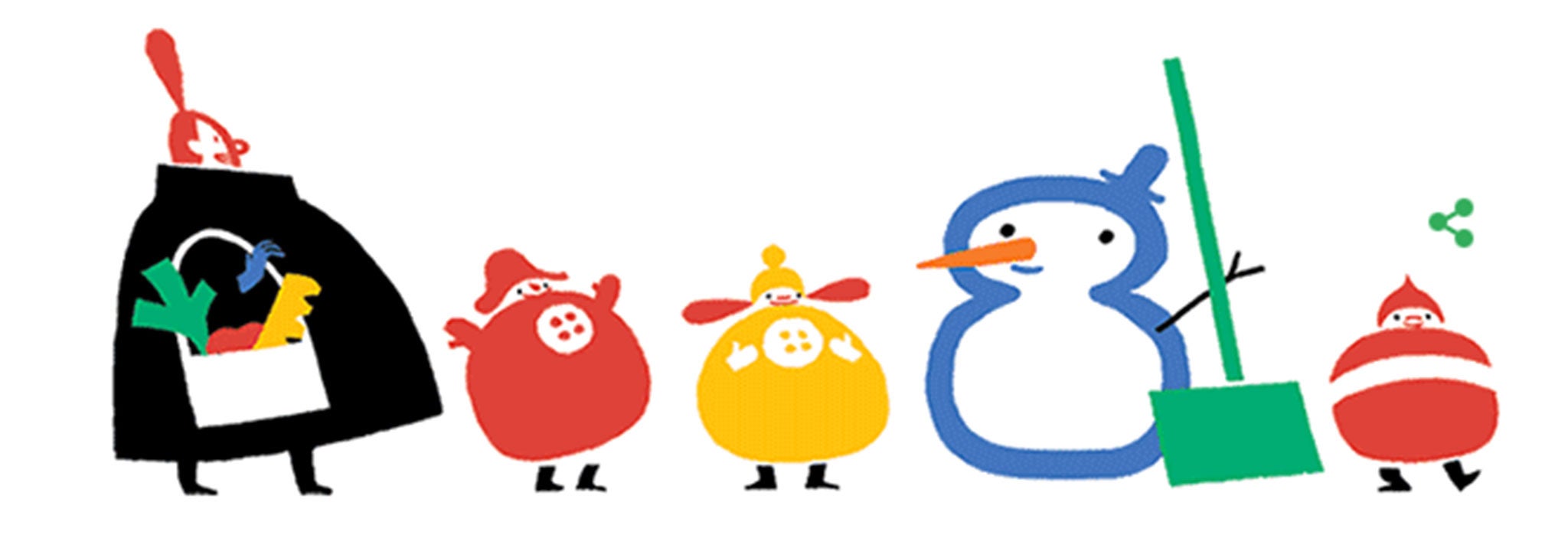Winter Solstice 2014: Why Google has given the shortest day of the year a doodle

Your support helps us to tell the story
From reproductive rights to climate change to Big Tech, The Independent is on the ground when the story is developing. Whether it's investigating the financials of Elon Musk's pro-Trump PAC or producing our latest documentary, 'The A Word', which shines a light on the American women fighting for reproductive rights, we know how important it is to parse out the facts from the messaging.
At such a critical moment in US history, we need reporters on the ground. Your donation allows us to keep sending journalists to speak to both sides of the story.
The Independent is trusted by Americans across the entire political spectrum. And unlike many other quality news outlets, we choose not to lock Americans out of our reporting and analysis with paywalls. We believe quality journalism should be available to everyone, paid for by those who can afford it.
Your support makes all the difference.Google has marked the shortest day of the year with an animated Doodle on its homepage.
The Doodle depicts a cartoon Father Christmas helping two children to build a snowman before the children's mother appears and produces a carrot from her shopping bag to use as the snowman's nose.
The winter solstice occurs when the sun's daily maximum elevation in the sky is at its lowest and the North Pole is tilted furthest away from the sun. This results in the least number of daylight hours and the longest night of the year. This astronomical phenomenon occurs in December in the Northern Hemisphere and in June in the Southern Hemisphere.
The event has been marked by many cultures throughout history with festivals, rituals, celebrations and the mating of animals, and even today people gather at Stonehenge to watch the sunrise and sunset. The ancient stones are carefully aligned on a sight-line that points to the winter solstice sunset, and it is thought that this event was actually more important to those who constructed the site than the summer equivalent.
It is seen as a time of renewal and means the days start to get longer, beginning the countdown to spring.
Join our commenting forum
Join thought-provoking conversations, follow other Independent readers and see their replies
Comments